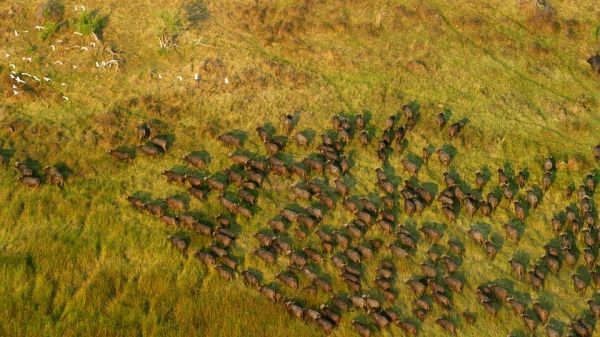The field of animal ecology has entered the era of big data and the Internet of Things. Unprecedented amounts of data are now being collected on wildlife populations, thanks to sophisticated technology such as satellites, drones and terrestrial devices like automatic cameras and sensors placed on animals or in their surroundings. These data have become so easy to acquire and share that they have shortened distances and time requirements for researchers while minimizing the disrupting presence of humans in natural habitats. Today, a variety of AI programs are available to analyze large datasets, but they’re often general in nature and ill-suited to observing the exact behavior and appearance of wild animals. A team of scientists from EPFL and other universities has outlined a pioneering approach to resolve that problem and develop more accurate models by combining advances in computer vision with the expertise of ecologists. Their findings, which appear today in Nature Communications, open up new perspectives on the use of AI to help preserve wildlife species.
Building Up Cross-Disciplinary Know-How
Wildlife research has gone from local to global. Modern technology now offers revolutionary new ways to produce more accurate estimates of wildlife populations, better understand animal behavior, combat poaching and halt the decline in biodiversity. Ecologists can use AI, and more specifically computer vision, to extract key features from images, videos and other visual forms of data in order to quickly classify wildlife species, count individual animals, and glean certain information, using large datasets. The generic programs currently used to process such data often work like black boxes and don’t leverage the full scope of existing knowledge about the animal kingdom. What’s more, they’re hard to customize, sometimes suffer from poor quality control, and are potentially subject to ethical issues related to the use of sensitive data. They also contain several biases, especially regional ones; for example, if all the data used to train a given program were collected in Europe, the program might not be suitable for other world regions.
Read more at Ecole Polytechnique Fédérale de Lausanne
Photo Credit: LionMountain via Pixabay


